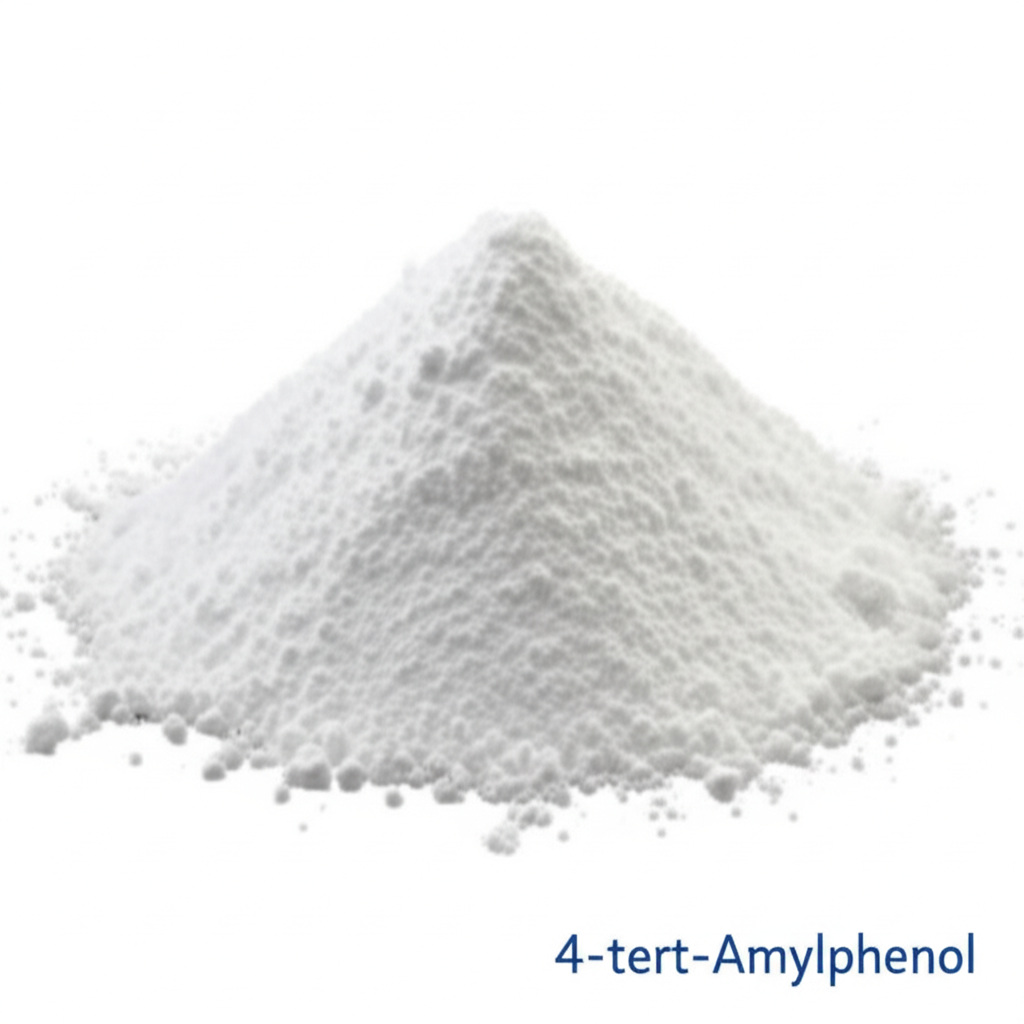4-tert-Amylphenol: Properties, Applications, and Synthesis Insights
Discover the key attributes and industrial uses of 4-tert-Amylphenol, a vital compound in the chemical industry, from its synthesis to its role in various downstream applications.
Get a Quote & SampleProduct Core Value

4-tert-Amylphenol
As a leading supplier and manufacturer in China, we offer high-quality 4-tert-Amylphenol (CAS: 80-46-6), an essential compound utilized across various industrial sectors. Its unique chemical structure allows for its application in the production of phenolic resins, which are crucial for paints, coatings, and printing inks. Furthermore, it serves as an intermediate in the manufacturing of biocides and fragrances, and plays a role as a demulsifier in oilfield operations. We pride ourselves on delivering consistent quality and reliable supply to meet the diverse needs of our global clientele.
- Discover the comprehensive applications of 4-tert-Amylphenol in resin manufacturing, providing superior performance in coatings and inks.
- Learn about its use as a key intermediate in the production of effective biocides and its role in fragrance synthesis.
- Understand the utility of 4-tert-Amylphenol as a demulsifier, particularly in oilfield applications for efficient oil-water separation.
- Explore the potential of 4-tert-Amylphenol as an estrogen receptor ligand in scientific research, contributing to a deeper understanding of endocrine disruption.
Advantages of Using 4-tert-Amylphenol
Versatile Industrial Applications
The multifaceted nature of 4-tert-Amylphenol enables its use in a wide array of industries, from creating durable resins for coatings to formulating essential biocides, demonstrating its value as a highly versatile chemical intermediate.
Key Intermediate for Specialized Products
As a critical building block, 4-tert-Amylphenol facilitates the synthesis of specialized products like oil-soluble resins and effective demulsifiers, highlighting its importance in enhancing product performance and industrial processes.
Research Significance in Environmental Studies
Beyond industrial uses, 4-tert-Amylphenol is significant in environmental research due to its potential as an estrogen receptor ligand, offering insights into endocrine disruption and its impact on aquatic ecosystems, which is crucial for understanding environmental chemical fate analysis.
Key Applications
Phenolic Resin Manufacturing
4-tert-Amylphenol is a vital component in the synthesis of oil-soluble phenolic resins, which are extensively used in the production of paints, varnishes, and printing ink resins, offering excellent durability and finish.
Biocide and Pesticide Production
The compound serves as an essential intermediate in the chemical synthesis of various biocides and pesticides, contributing to effective disease control and crop protection strategies.
Demulsifiers for Oil Fields
Ethoxylated novolaks derived from 4-tert-Amylphenol are employed as demulsifiers in the oil and gas industry to efficiently separate water from crude oil, improving extraction processes.
Fragrance Ingredient Synthesis
In the flavor and fragrance industry, 4-tert-Amylphenol is utilized as a precursor in the creation of aromatic compounds, contributing to the development of perfumes and other scented products.
